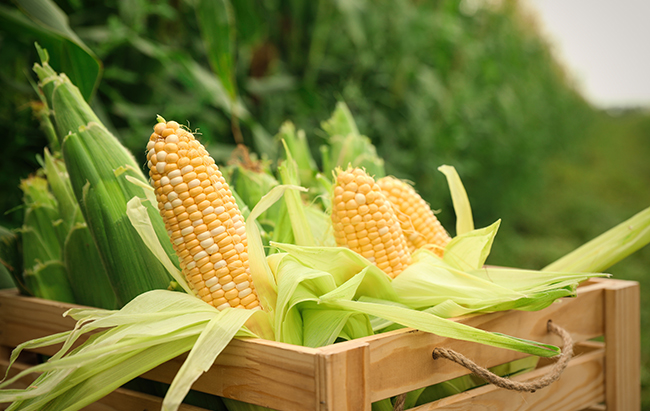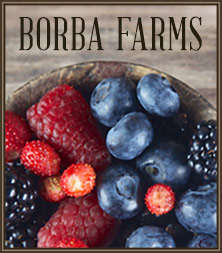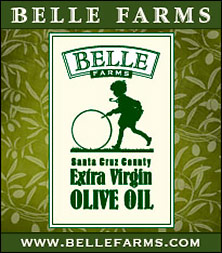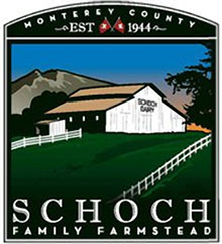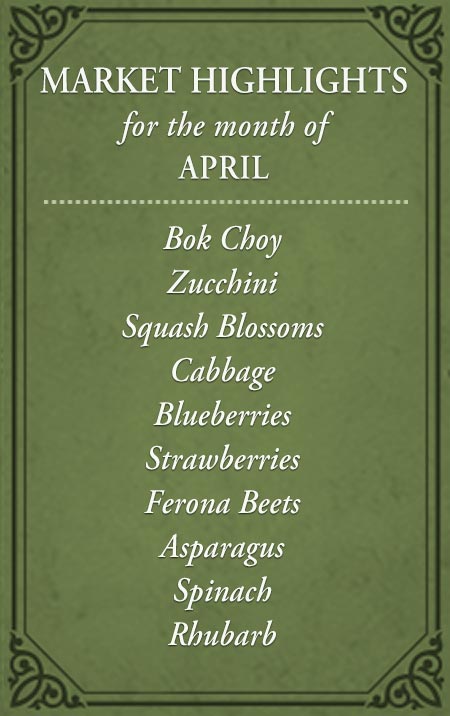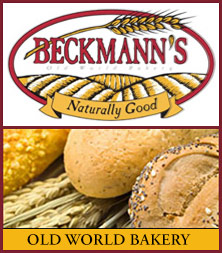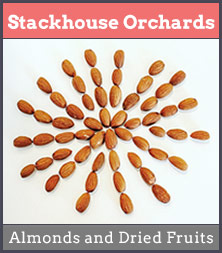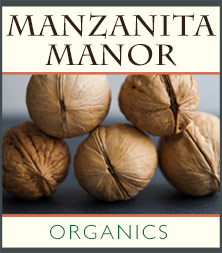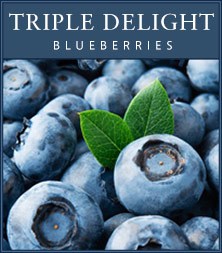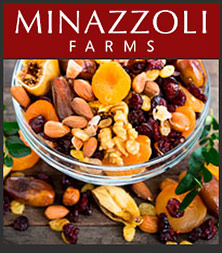Summer corn is known for its sweet and delicious taste and is an American staple for barbecues, picnics, and beach cookouts. Whether you cook it on the grill, boil it, or use its kernels in various recipes, fresh corn is a delightful addition to many dishes and meals. Locally grown California corn has a very short season, so be sure to stock up on some extra to freeze — you’ll be so glad you did! You’ll find corn available at Pinnacle (Phil Foster Ranch) and Rodoni Farms at the farmers markets.
Fun Facts About Corn
- A typical ear of corn will have about 800 kernels in 16 rows. Corn cobs always have an even number of rows. And, there is one silk strand for every kernel.
- A bushel of corn weighs 56 pounds. Bushels are a common unit of measurement for agricultural products, including corn.
- Corn is considered a domesticated grass and is grown on every continent except Antarctica. Its cultivation and use as a staple food date back thousands of years to ancient civilizations in the Americas.
- Corn is the number one field crop grown in the US. The United States is a major producer and exporter of corn, and it plays a significant role in the country’s agricultural industry.
- Only 1% of corn planted in the United States is sweet corn.
- There are five main varieties of corn grown in the US: corn for popcorn (popping corn), seed corn (for planting in the next season), sweet corn (consumed fresh or canned), food-grade corn (used in various food products), and corn for livestock (animal feed).
- An acre of corn can clear approximately 8 tons of carbon dioxide from the air. Corn, like other plants, undergoes photosynthesis, a process that helps remove CO2 from the atmosphere.
- Healthy corn can grow up to 12 feet tall. The height of corn plants can vary based on factors such as variety, growing conditions, and agricultural practices.
How to Store Corn
Corn quickly loses its sweetness after being harvested, as the natural sugars in the kernels convert into starch. To maintain the best flavor and texture, follow these storage tips:
- Store corn in a cool and moist place: Keep the corn in a cool and humid environment to slow down the conversion of sugars to starch. An ideal temperature for storage is around 34°F (0°C) with a relative humidity of 90%.
- Refrigerate as soon as possible: If you plan to use the corn within a few days, place it in the refrigerator immediately after purchase. This will help preserve its sweetness and freshness.
- Use it within two to three days: For the best taste and texture, try to use the corn within two to three days of purchasing it. The longer you wait, the more sweetness will be lost as the sugars convert to starch.
You’ll find fresh corn available at Pinnacle (Phil Foster Ranch) and Rodoni Farm at our farmers markets.
Basic Cooking Guidelines for Corn
Remove husks, wash cobs, and steam or add to boiling water for 3-4 minutes. That’s it!
Corn can be microwaved in its inner husk for about 2 minutes per ear. It can also be grilled in its husk for about 30 minutes on an outdoor grill. And while there are many recipes to be found online to prepare and use sweet corn, our favorite way to eat it raw or briefly boiled! Season to taste once the corn is cooked and enjoy.
Winter Freezer Corn
Many people freeze corn in the husk or blanched and on the cob. However, our preferred way to eat corn in the winter takes a little more work now, but saves freezer space and time later, and it is so much better than the frozen bags of corn from the store! It requires about 6-8 ears of corn per quart-size freezer bag for a family serving.
- Shuck corn ears and wash them with a vegetable brush to remove excess silk.
- Immerse in boiling water for 3-4 minutes. Remove ears of corn from hot water and immediately submerse them into a bowl or tub of ice water to stop cooking.
- Trim kernels from the cob with a sharp knife.
- Scoop kernels into quart-size freezer bags.
- In a separate bowl or large jar, make brine. To a quart of water, add 1/2 teaspoon each of salt and sugar and stir until dissolved.
- Add 1 cup of brine to the bag. Seal the bag and freeze. Lay bags flat on a baking sheet and freeze. Once frozen, remove the baking sheet and stack the bags. (This saves room in the freezer.)
When serving, thaw a bag from the freezer and reheat corn in a small pan on the stove or in the oven. It’s a great winter side dish. The brine adds just enough flavor!
Corn can also be cut off the cob and frozen dry (without brine) in freezer bags. Use this corn for soups and other recipes in the winter.
RECIPES: Click here for corn recipes!


